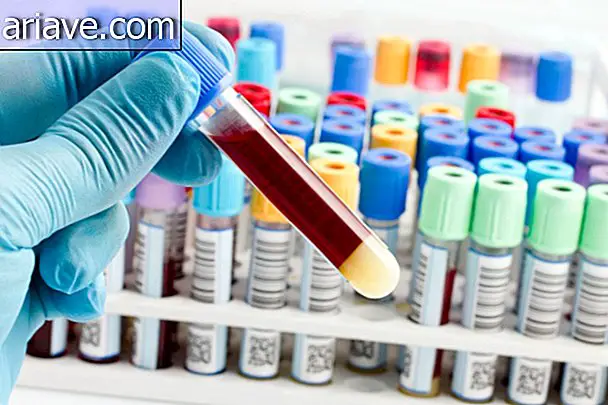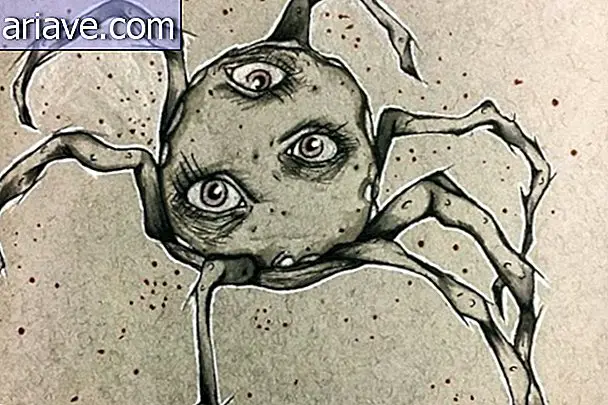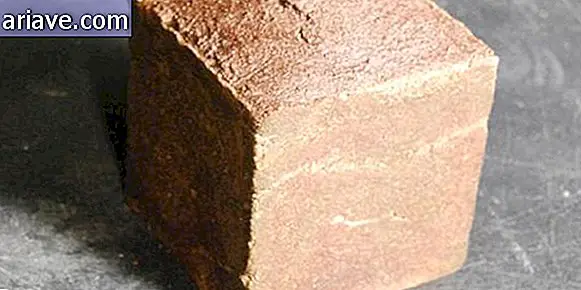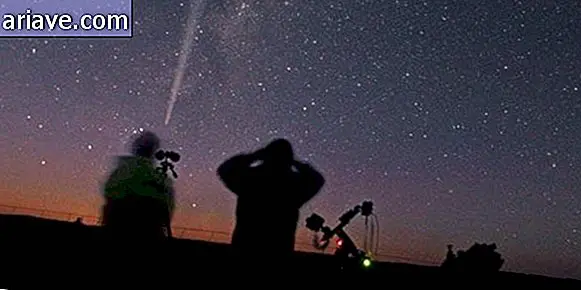What?! Woman dies in US after being infected with brain-eating amoeba
Strong headaches followed by vomiting have long been indications that there is something wrong with the victim's brain, usually referring to some kind of concussion in the area. Still, the last thing a 21-year-old American was expecting when she felt these effects was that she would die of a very rare infection in a short time. The girl, resident of Bishop, Calif., Was infected with an amoeba commonly found in the soil and in warm water as she decided to go swimming in Reno, Nevada.
According to the Reno Gazette Journal website, the girl - who was not named after her family - probably contracted the so-called Primary Amoebic Meningoencephalitis (MAP) on June 16, presenting all the symptoms described above. It took a few days for her condition to worsen considerably, causing her to undergo cardiac arrest and die on the 20th of the same month. She died at Reno Hospital, a victim of the condition known as the "brain-eating amoeba."

For contamination to happen to us, it is basically necessary for Naegleria fowleri to flow from the water into the human body through the nose. From there, the amoeba travels continuously until it crosses the skull and reaches the region of the brain, where it begins to destroy organic tissue. For local citizens, the good news is that MAP is not transmissible from one person to another, so local authorities simply need to investigate the exact location where the victim swam.
However, caution must be exercised - or at least prevent your head from being submerged - when entering heated spas or other parks that contain water with the ideal conditions for amoeba proliferation, usually between 35 ° C and 46 ° C. C. That's because, according to Dr. Richard Johnson, even though the risk of infection with Naegleria fowleri is low, the death rate from the damage done by his action is very high, close to 100%.
In the United States, for example, 35 cases of the disease have been reported in the last ten years, with most infections occurring after immersion in contaminated sources and lakes. The US also says that so far only three people in the world have survived after being diagnosed with Primary Amoebic Meningoencephalitis.











